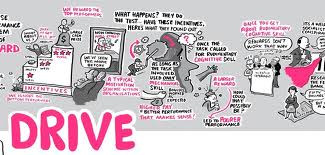Sunday Funnies #3: Visual notes
I’ve always took notes on a notebook, with mostly texts. I’ve never really have thought of arranging my notes with drawing representing concepts in notes. It was interesting to create a visual note, but I’ve face several problems in the creation of it. First of all, I struggled to decide on how I should format the note, so that it looks the best. I also had to think thoroughly on how to visually represent concepts and ideas, like using a padlock to represent of Java being a secure programming language. It also took me quite some time to actually draw and include all the materials I’ve learnt in one class. On the bright side, however, taking effort to visualize concepts and drawing them out really made me think through them, and allowed me for a deeper understanding of the materials. In conclusion, it was interesting and a fresh approach of note-taking for me. It greatly facilitated in helping me understand the concepts more easily. However, as a college student with a busy schedule, I think visual note-taking isn’t the best way to create notes.








